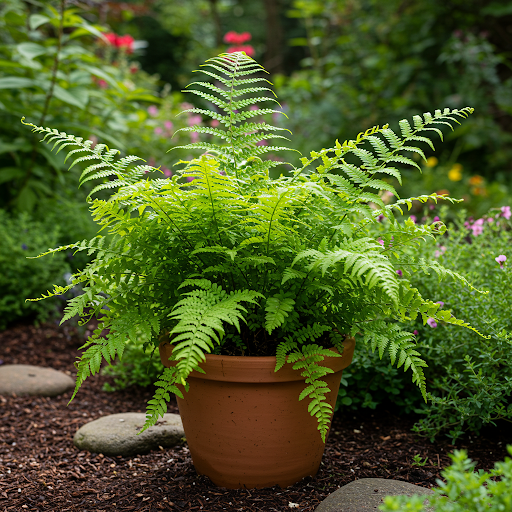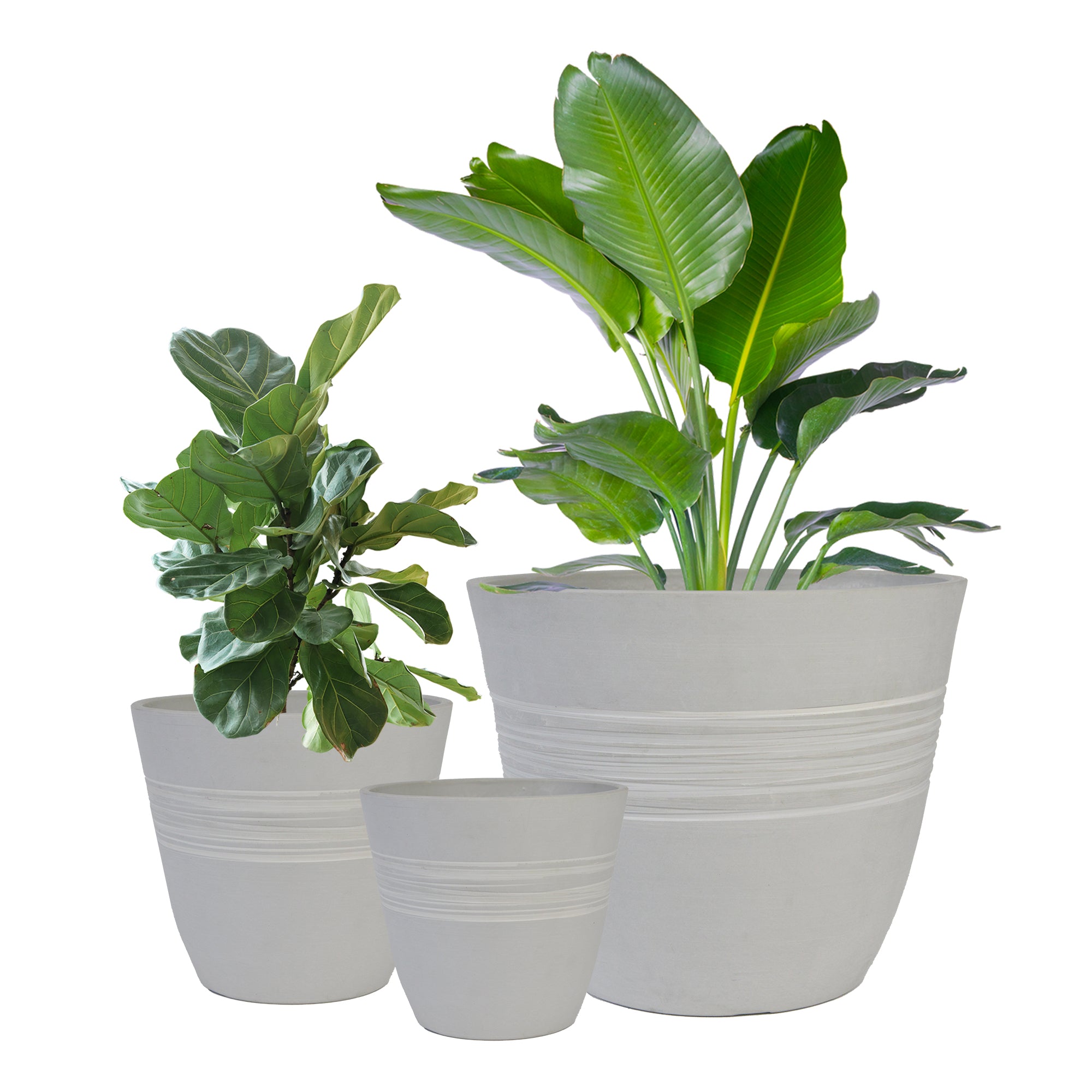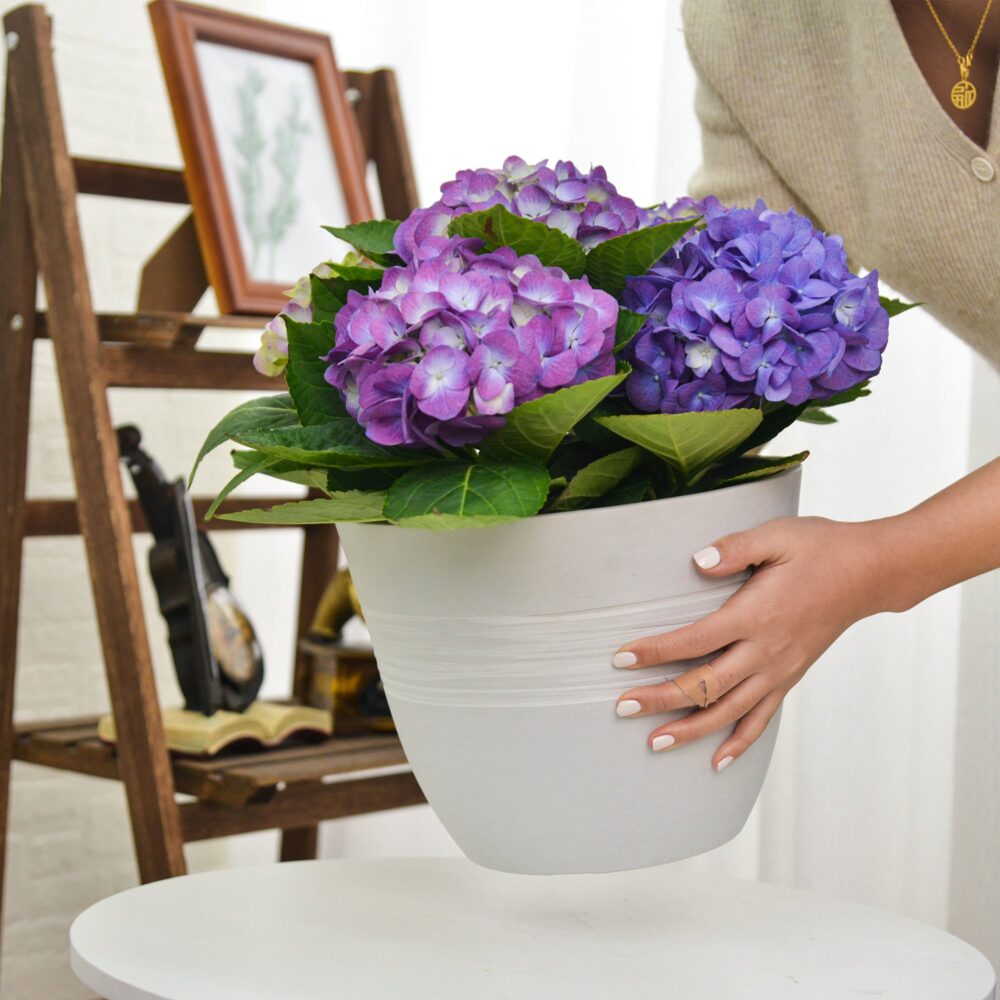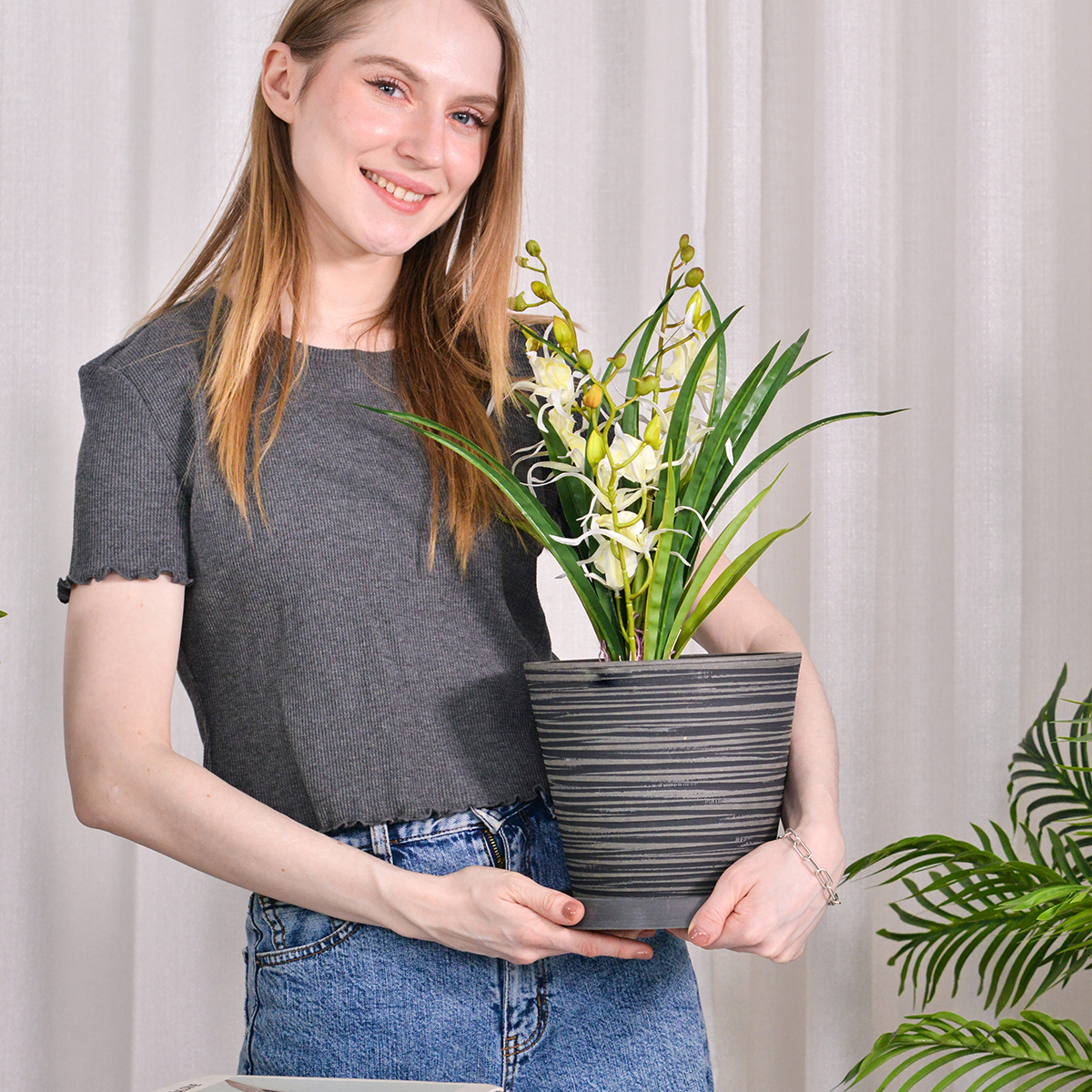Ferns: Timeless Elegance for Your Home Garden
Ferns are ancient plants, with a lineage stretching back millions of years before flowering plants appeared. Belonging to the class Polypodiopsida, they are known for their lush green foliage, diverse forms, and ability to thrive in shady, moist environments. Ferns bring a cool, tranquil, and verdant touch to any garden, offering a variety of textures and shapes, from delicate fronds to bold, architectural forms.

Ideal Growing Conditions:
- Light: Most ferns prefer shade to partial shade. They thrive in locations that receive filtered sunlight or morning sun and are protected from harsh afternoon sun. Deep shade is suitable for many varieties, while some, like Osmunda ferns, can tolerate more sun if kept consistently moist. Direct sunlight can scorch their fronds.
- Soil: Ferns need rich, moist, well-draining soil that is high in organic matter. A slightly acidic to neutral pH is ideal. For container planting, use a potting mix rich in peat moss or compost. In garden beds, amend the soil with plenty of compost, leaf mold, or other organic material to improve drainage and moisture retention.
- Watering: Consistent moisture is crucial for most ferns. They prefer evenly moist soil and should not be allowed to dry out completely, especially when newly planted or grown in containers. Water thoroughly when the top inch of soil feels slightly dry. Some ferns, like maidenhair ferns, are particularly sensitive to drying out, while others are more drought-tolerant once established.
- Humidity: Ferns generally prefer high humidity, mimicking their natural forest environments. This is especially important for indoor ferns or those in dry climates. Increase humidity by grouping plants together, using a humidifier, or placing pots on trays filled with pebbles and water (ensuring the pot base is above the water level).
- Temperature: Ferns are generally hardy plants, but their temperature preferences vary by species. Most thrive in moderate temperatures, avoiding extreme heat and frost. Hardy ferns can tolerate cold winters, while others are more tender and need protection or to be brought indoors in colder climates.

Planting Ferns:
- Starting from Spores or Plants: Ferns are typically propagated by spores or division, but for home gardeners, purchasing established plants from nurseries is the easiest method.
- Spacing: When planting ferns in garden beds, space them according to their mature size, typically ranging from 1 to 3 feet apart. Consider the mature height and spread of the specific fern variety to ensure adequate space for growth and air circulation.
- Planting Time: The best time to plant ferns is in the spring or fall, when temperatures are mild and there is sufficient moisture in the soil.
Choosing Pots:
- Suitable Pot Types: Ferns can be grown in various pot materials, including plastic, terracotta, and ceramic. Plastic pots are good for retaining moisture, which is beneficial for many ferns. Terracotta pots offer better drainage and aeration, which can be advantageous in preventing overwatering, but may require more frequent watering.
- Drainage: Excellent drainage is essential to prevent root rot. Ensure that all pots have drainage holes. You can also add a layer of gravel or pot shards at the bottom of the pot to improve drainage.
- Pot Size: Choose pot sizes that are appropriate for the fern’s root ball, allowing room for growth. Repotting may be necessary every 1-2 years as the fern grows.
- Potting Mix: Use a well-draining, peat-based potting mix or a mix specifically formulated for ferns. You can also create your own mix using equal parts peat moss, perlite, and compost or leaf mold.
Care Tips:
- Fertilizing: Ferns are not heavy feeders. Fertilize sparingly, once or twice during the growing season with a diluted balanced liquid fertilizer. Over-fertilizing can damage ferns.
- Mulching: In garden beds, mulching around ferns with organic mulch like shredded bark, leaf mold, or pine needles helps retain soil moisture, suppress weeds, and keep the roots cool.
- Pruning: Ferns generally require minimal pruning. Remove any dead, damaged, or yellowing fronds at the base to keep the plant tidy and healthy.
- Division: Over time, ferns can become crowded. Divide mature ferns in early spring or fall to rejuvenate them and propagate new plants.
- Winter Care: Hardy ferns can remain outdoors in winter, with a layer of mulch to protect the crown. Tender ferns should be brought indoors to a cool, bright location or provided with adequate winter protection in milder climates.
Varieties of Ferns for Home Gardens:
- Hardy Ferns:
- Ostrich Fern (Matteuccia struthiopteris): Tall, vase-shaped ferns with dramatic fronds, spreading by runners.
- Lady Fern (Athyrium filix-femina): Delicate and lacy fronds, adaptable to various conditions.
- Christmas Fern (Polystichum acrostichoides): Evergreen fern with leathery fronds, good for year-round interest.
- Japanese Painted Fern (Athyrium niponicum pictum): Silver and burgundy fronds, adding color to shady spots.
- Indoor/Tender Ferns:
- Maidenhair Fern (Adiantum spp.): Delicate, fan-shaped fronds, requires high humidity.
- Boston Fern (Nephrolepis exaltata ‘Bostoniensis’): Classic houseplant fern with long, arching fronds.
- Staghorn Fern (Platycerium spp.): Unique epiphytic ferns with antler-like fronds, often mounted on plaques or grown in baskets.
In summary, Ferns bring a touch of prehistoric elegance and lush greenery to any garden or indoor space. Their diverse forms and textures offer endless possibilities for creating tranquil and beautiful settings. By providing them with shade, consistent moisture, rich soil, and a bit of care, you can enjoy the timeless beauty of ferns in your home garden for years to come.
For more detailed information, you can visit the Wikipedia page on Ferns.
Plant Pots 6 inch 8 inch 12 inch for Indoor Outdoor Plants, Set of 3 Modern Decorative Planter with Drainage Hole, Decorative Flower Pots
By greenship-seo|2025-04-10T06:38:40+00:00January 16, 2025|Categories: Hand-carving Series|Tags: Decorative Flower Pots|
Modern Plant Pots with Drainage – Indoor & Outdoor Use (6″ Widths)
By greenship-seo|2025-04-10T06:29:43+00:00February 6, 2025|Categories: Hand-carving Series|Tags: Decorative Flower Pots|
k2-21G
By greenship|2024-08-13T06:17:26+00:00August 13, 2024|Categories: Hand-carving Series|
Planter for Indoor Outdoor Plants, Set of 2 Modern Decorative Plant Pots with Drainage Hole, Decorative Flower Pots
By greenship-seo|2025-01-14T12:26:44+00:00January 14, 2025|Categories: Hand-carving Series|Tags: Decorative Flower Pots|
K2-11T
By greenship|2024-08-13T04:21:25+00:00August 13, 2024|Categories: Hand-carving Series|
Planter 6 in W / 8 in W / 12 in W Indoor or Outdoor Plants, Modern Decorative Plant Pots with Drainage Hole, Decorative Flower Pots
By greenship-seo|2025-02-06T13:43:53+00:00January 16, 2025|Categories: Hand-carving Series|Tags: Decorative Flower Pots|






